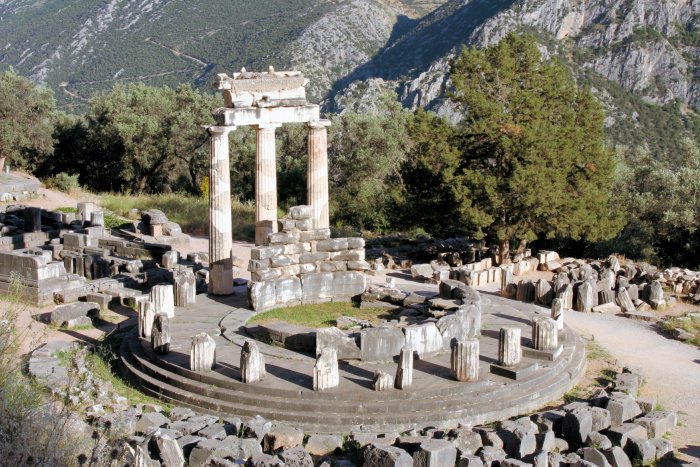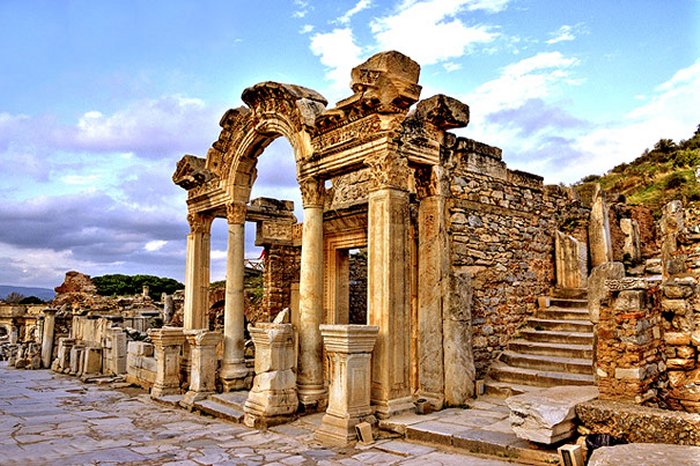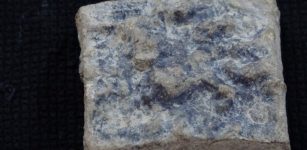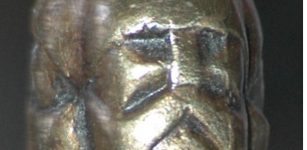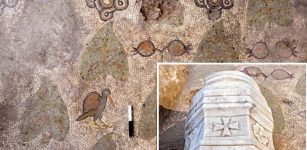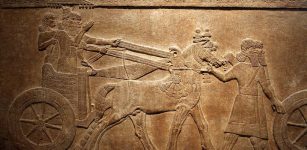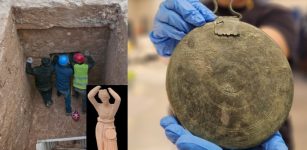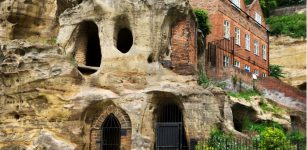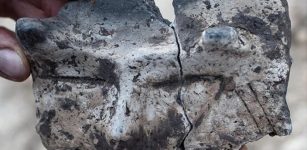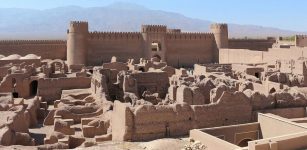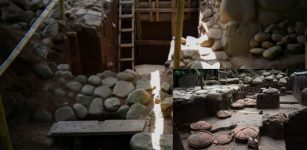Ancient Greeks Built Sacred Temples On Earthquake Sites To Gain Spiritual Power
AncientPages.com - Scientists have discovered that ancient Greeks deliberately constructed several of their most sacred temples on sites previously hit by earthquakes.
It was believed that raising important buildings over areas affected by seismic activity awarded them special cultural status and spiritual power.
According to scientists from University of Plymouth the Temple of Delphi is not the only place built on a fault line caused by an earthquake.
Temple of Delphi. Image credit: Galleri Hip
At the Oracle of Deplhi, Pythia, the sanctuary’s priestess was seated in a state of trance, speaking on the behalf of the gods delivering her prophecies and advised rulers, citizens and philosophers on everything from their sex lives to affairs of state. One aspect of the ancient Oracle at Delphi which has fascinated scholars, scientists and laymen alike, is the nature and cause of the trance state attained by Pythia.
Numerous classical authors report that natural phenomena played an essential part in one of their most sacred religious rituals: the oracle at Delphi. Early ancient writers said it was believed that hundreds of years prior to the Temple, there was a crevice at Delphi that lead into the underworld that was first discovered by goat herders.
Oracle of Delphi and Pythia
Goat herders observed that their goats were acting crazy at this spot and when they themselves were there they had visions and premonitions. Modern scientists were skeptical to the accounts and dismissed the explanation that the ancient Greeks gave for the oracle’s inspiration, vapors rising from the temple’s floor. Scholars rejected this explanation because archaeologists at the site of the temple could not locate a chasm or detect gaseous emissions.
See also:
Omphalos – Mysterious Ancient Sacred Object And Its Meaning
Plutonium: Dangerous Pluto’s Gate Was An Ancient Gateway To Hell At Hierapolis That Was Real
However, a group of scientists, archaeologists and a science historian discovered that the ancients were correct. In his book titled The Oracle science historian William Broad and his scientist team prove the existence of the crossed fault lines and the presence of an intoxicating gas called ethylene in the rocks below the ancient temple.
Professor of Geoscience Communication Iain Stewart MBE, Director of the University’s Sustainable Earth Institute now says that Delphi may not be alone in this regard, and that other cities including Mycenae, Ephesus, Cnidus and Hierapolis may have been constructed specifically because of the presence of fault lines.
“Earthquake faulting is endemic to the Aegean world, and for more than 30 years, I have been fascinated by the role earthquakes played in shaping its landscape. But I have always thought it more than a coincidence that many important sites are located directly on top of fault lines created by seismic activity.
Temple of Hadrian in Ephesus. Image credit: Epheus
The Ancient Greeks placed great value on hot springs unlocked by earthquakes, but perhaps the building of temples and cities close to these sites was more systematic than has previously been thought,” Professor Stewart says.
In the study, published in Proceedings of the Geologists’ Association, Professor Stewart says a correspondence of active faults and ancient cities in parts of Greece and western Turkey might not seem unduly surprising given the Aegean region is riddled with seismic faults and littered with ruined settlements.
But, he adds, many seismic fault traces in the region do not simply disrupt the fabric of buildings and streets, but run straight through the heart of the ancient settlements’ most sacred structures.
Hierapolis - Image credit: Wikipedia
There are prominent examples to support the theory, such as in Delphi itself where a sanctuary was destroyed by an earthquake in 373 B.C only for its temple to be rebuilt directly on the same fault line.
There are also many tales of individuals who attained oracular status by descending into the underworld, with some commentators arguing that such cave systems or grottoes caused by seismic activity may have formed the backdrop for these stories.
“I am not saying that every sacred site in ancient Greece was built on a fault line. But while our association with earthquakes nowadays is that they are all negative, we have always known that in the long run they give more than they take away.
The ancient Greeks were incredibly intelligent people and I believe they would have recognized this significance and wanted their citizens to benefit from the properties they created,” Professor Stewart says.
AncientPages.com
Expand for references
